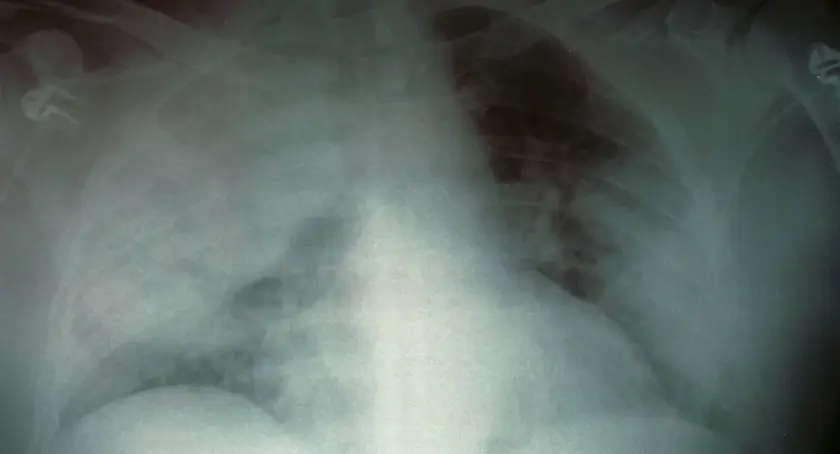T4K3.news
Harlem Legionnaires disease outbreak updates
Four people died and 99 confirmed cases in Harlem as cooling towers are remediated.
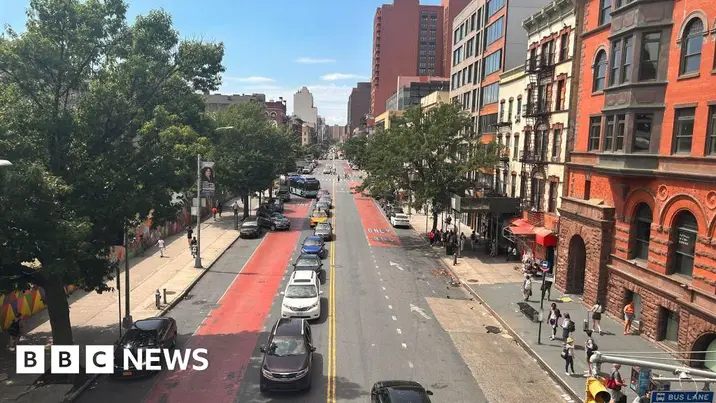
Health officials tie the Harlem outbreak to cooling towers across ten buildings as remediation continues.
Four dead in Harlem Legionnaires disease outbreak
Four people have died in Harlem from Legionnaires disease, and the city reports 99 confirmed cases with 17 people hospitalized. Investigators traced the source to 12 cooling towers across ten buildings, including a hospital and a health clinic. Eleven towers have been remediated and the last is expected to be fixed on Friday. Transmission occurs through inhalation of aerosolized water, not by person to person contact, and risk is higher for people aged 50 and older as well as for smokers.
City officials say the outbreak is under control and monitoring continues. The incident highlights the need for regular maintenance of building cooling systems and for transparent, timely public health actions in dense urban areas.
Key Takeaways
"Situation is under control"
Official update on outbreak status
"Remediation is underway across the cooling towers"
Progress on remediation
"Public health is a shared duty that touches every block"
Editorial reflection
"No one should fear the air they breathe in their own neighborhood"
General safety message
The Harlem outbreak exposes gaps in how city housing and building maintenance are managed. Cooling towers sit on a mix of private and public properties, and responsibility for upkeep can be unclear. The rapid remediation shows the city can mobilize resources quickly, but long term safety depends on consistent inspections and funding. Public trust will hinge on how clearly officials communicate timelines and outcomes.
Budget and oversight questions will follow this incident. Residents will want assurances that similar systems are checked across the city, and that remediation work does not become a recurring burden on taxpayers. The case tests local leadership on infrastructure resilience and public health readiness.
Highlights
- No one should fear the air they breathe in their own neighborhood
- This outbreak exposes the cost of aging city infrastructure
- Remediation is welcome but trust is earned by speed and transparency
- Public health is a shared duty that touches every block
Public health and infrastructure risks in Harlem outbreak
The Harlem Legionnaires disease outbreak raises questions about aging building infrastructure, the oversight of cooling towers, and potential political or budgetary backlash. Officials must communicate clearly and move quickly to prevent further cases.
The city will continue monitoring and seek lessons to harden defenses against similar outbreaks.
Enjoyed this? Let your friends know!
Related News
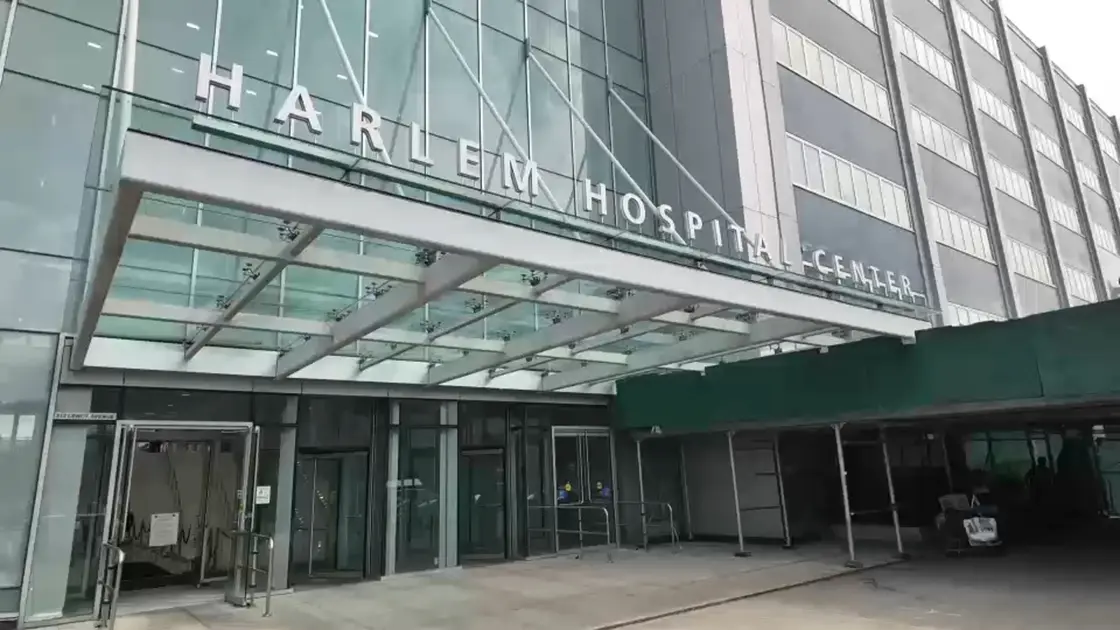
Harlem Legionnaires Update
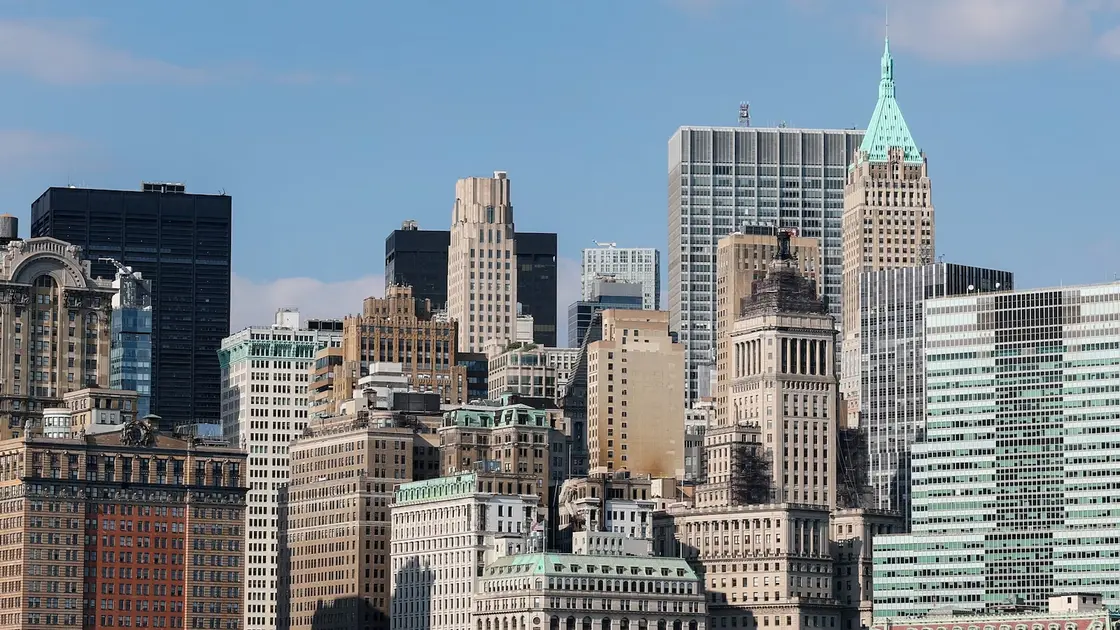
Three fatalities confirmed in Harlem Legionnaires' disease outbreak
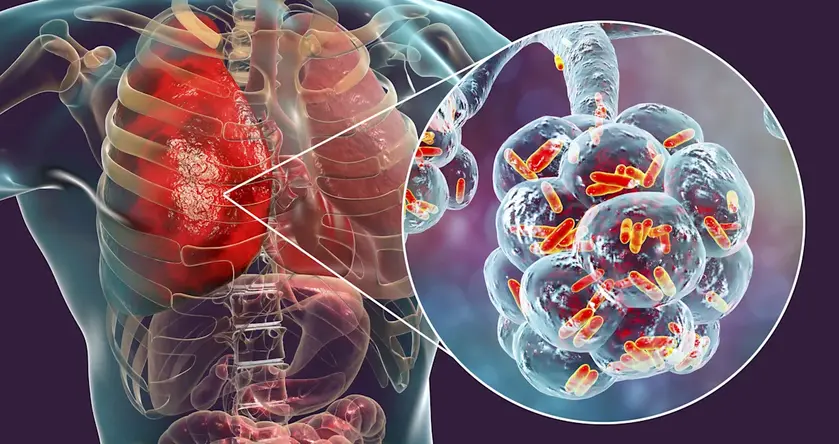
Legionnaires' disease outbreak in Harlem claims three lives
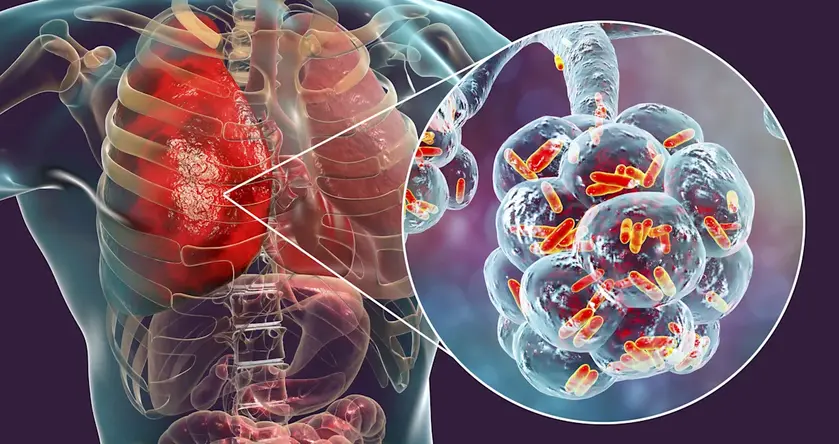
Legionnaires’ disease outbreak in Harlem causes fatalities
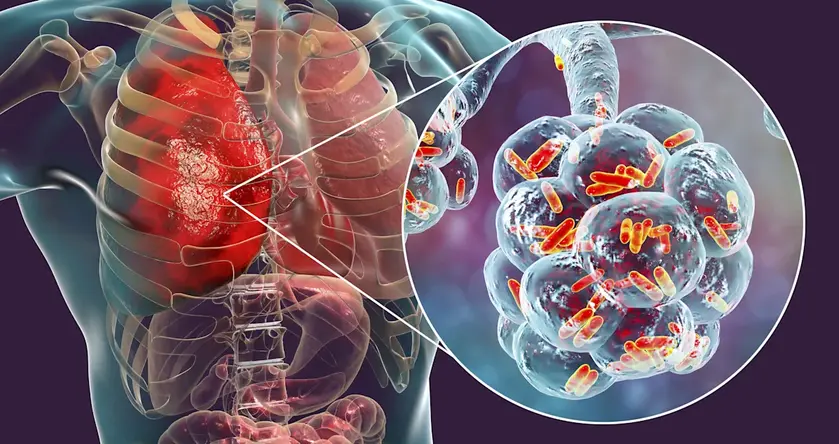
Harlem Legionnaires outbreak update
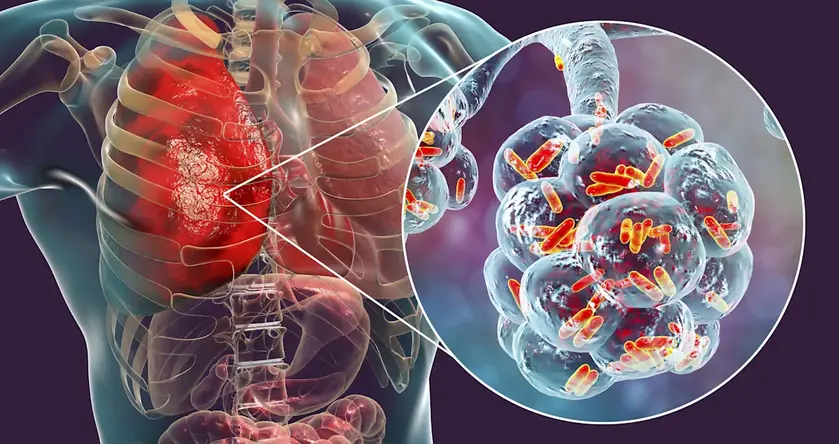
Harlem Legionnaires outbreak alert
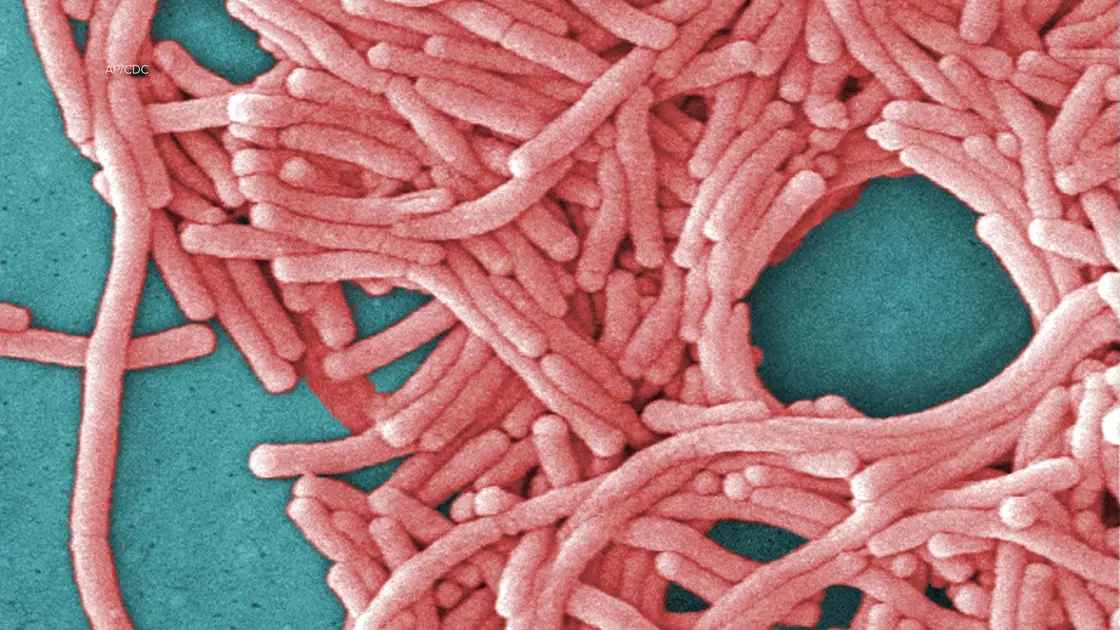
Two dead from Harlem Legionnaires' disease outbreak
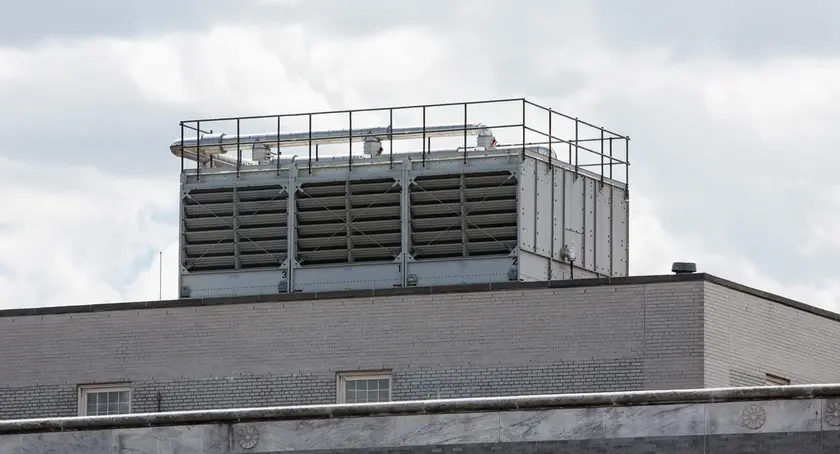
Second death reported in Harlem Legionnaires' outbreak
